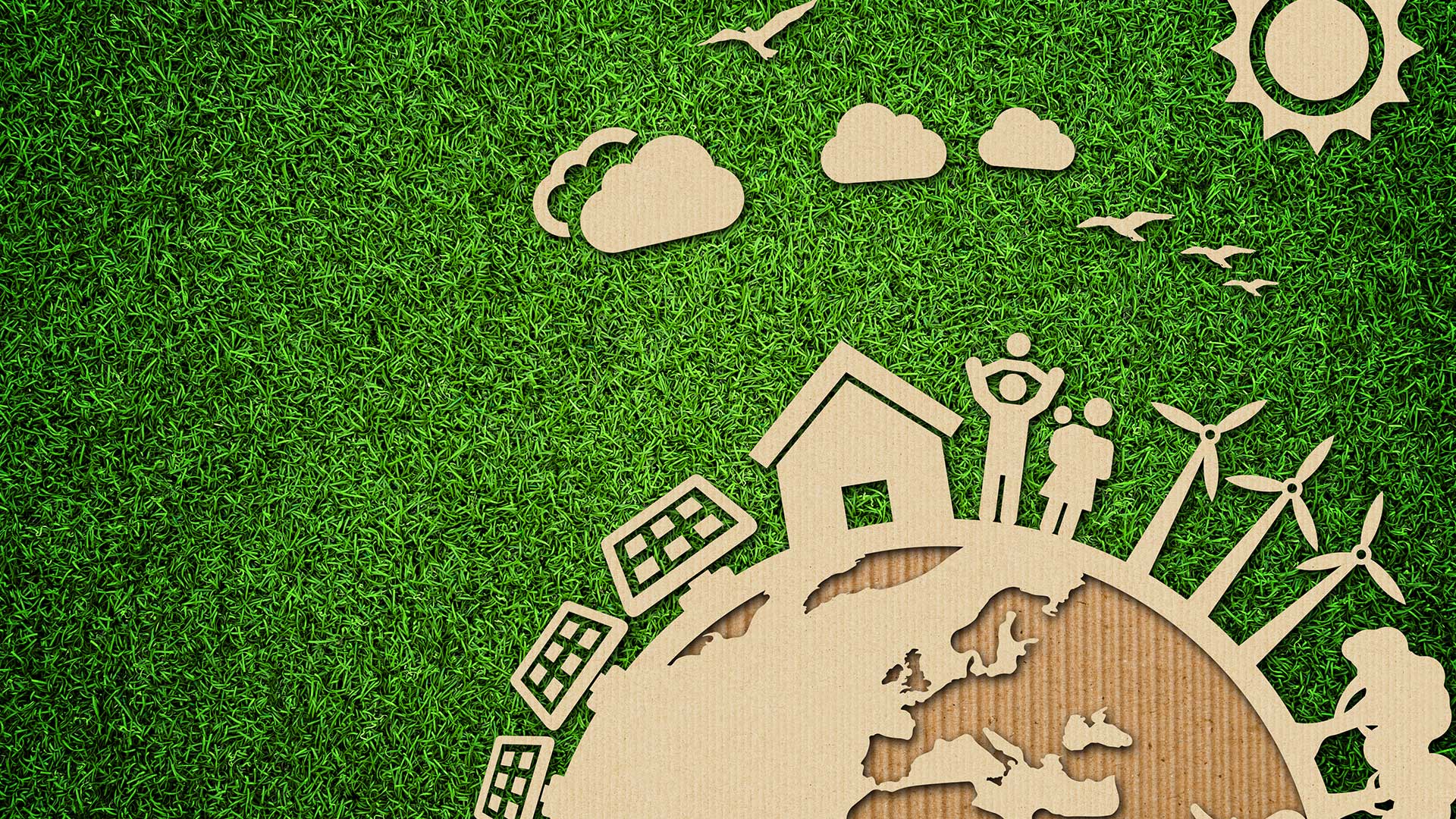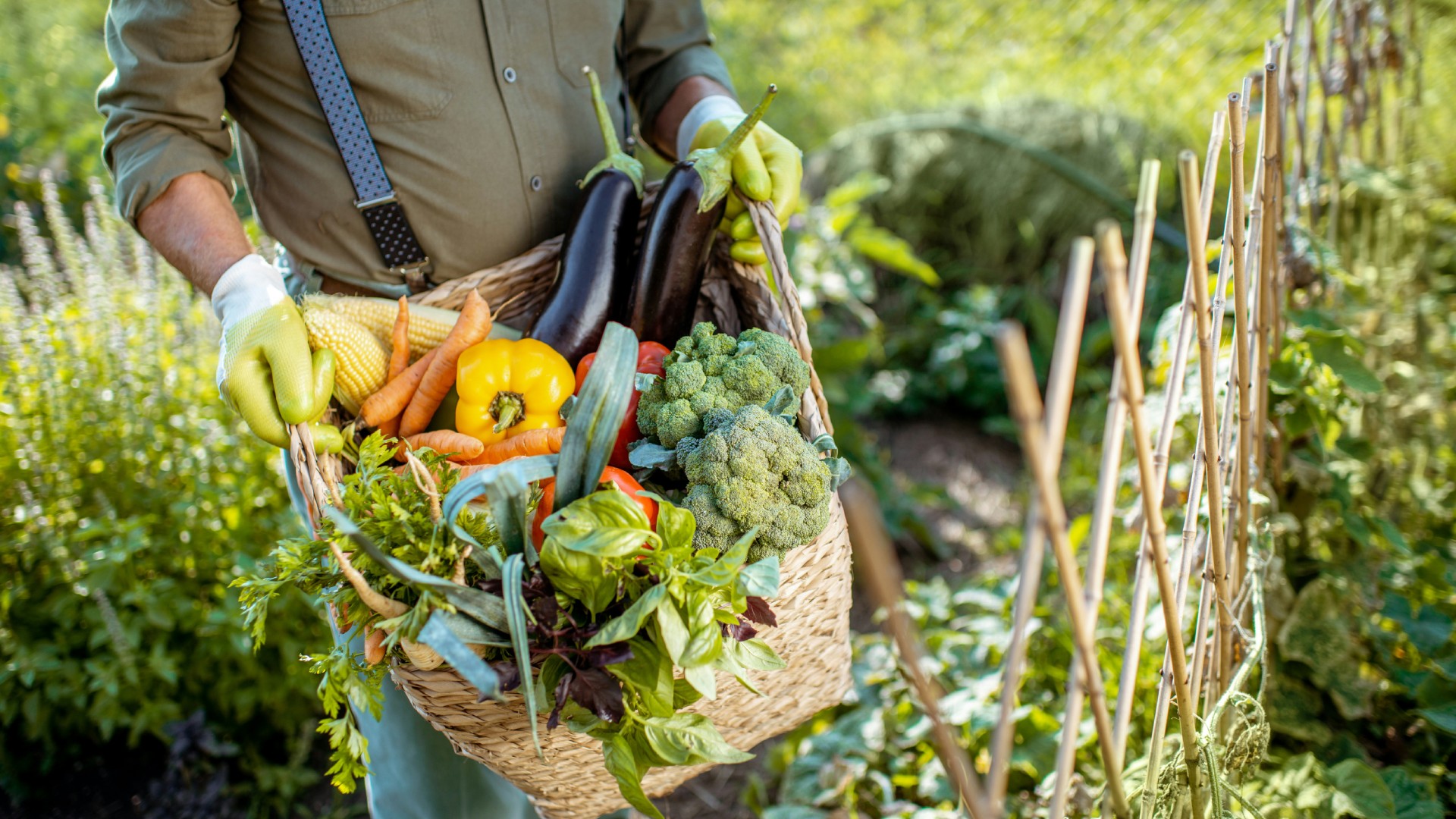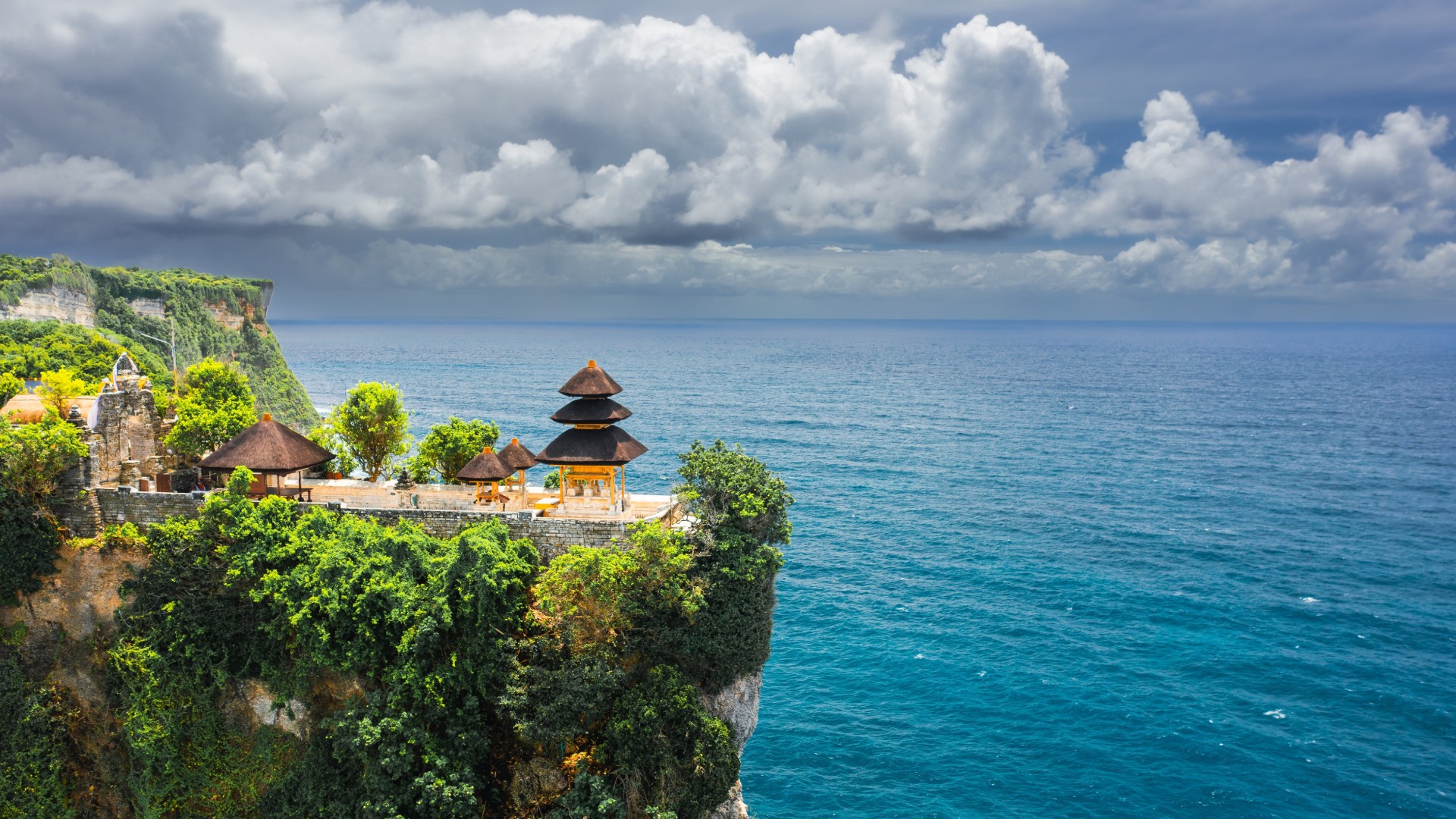A new report by the nonprofit Global Wellness Institute (GWI), reveals the top 10 key factors driving the global skyrocketing wellness real estate market – which include a growing appreciation for personal and planetary health and outdoor spaces!
Below are some of the highlights from this exclusive report…
There’s no doubt this pandemic has brought a new level of understanding that our individual health is intrinsically linked with our community and broader environment. During the pandemic we all learned very quickly that we are not 100% safe living within our own ‘wellness bubbles’ and that everything and all of us are interconnected.
We also learned how essential clean air is for our health and wellbeing. Which brings us to the newly released The GWI’s “Wellness Real Estate: Looking Beyond COVID-19”, report.
The number of wellness residential projects has grown exponentially from 740 in 2017 to over 2,300 globally. The market skyrocketed from $148 billion in 2017 to an estimated $275 billion today!
So what exactly does a piece of wellness real estate look like? Is it a luxury home with its own private sauna and gym with sophisticated air and water filtration systems?
The GWI defines wellness real estate as the construction of residential and commercial properties including office, hospital, mixed-use/multifamily, medical and leisure, that incorporate intentional wellness elements in their design, materials and building, as well as their amenities, services and/or programming.
Essentially, wellness real estate encompasses everything from residential projects to multifamily apartments, affordable and subsidized housing, urban nature walks and parks, eco-communities, co-living, senior living and so much more.
While increased air pollution, a fast-aging population and rising stress level have all contributed towards the movement to create healthier habitats for humanity, there’s no doubt that COVID-19 has propelled the growth further.
What traditionally began with our individual micro-environments – specifically rooms where we sleep and work, now radiates out more widely to our subdivisions, neighbourhoods, communities and cities.
We have now arrived at a place where wellness living has moved from an elective to an essential way of life!

Top 10 Key Drivers of Future Growth for Wellness Real Estate (GWI)
- Rapidly rising interest in wellness certifications for residential properties (in addition to office/commercial properties.
- In multi-family development, wellness features and healthy design will become nearly ubiquitous in luxury properties and will increasingly be found in mid-market and affordable properties. In particular, countries with publicly funded healthcare will help push health-protecting/enhancing features into affordable/subsidized housing, as a front-end investment to lower public health spending.
- Continued growth of master-planned communities, mixed use developments, and urban districts with expansive wellness amenities and/or with health and well-being as a key selling point. This trend will be especially strong in countries with rapid urbanization and a rising middle class, where more people are moving to suburbs and are looking to bring urban-style wellness amenities to the suburbs with them (eg walkability, mixed use etc).
- Wellness residential concepts will grow rapidly in developments targeting seniors and young adults, including senior living, multigenerational living, and coliving – especially in Europe and Asia.
- Retreat-style wellness living concepts (second homes, vacation homes) will expand to most major destination spa and destination resort brands.
- A heightened appreciation for and emphasis on natural areas, parks, outdoor recreation amenities, and public spaces will continue in the post COVID-19 era – and especially a heightened focus on more equitable distribution and access to these areas.
- Post-COVID, there will be ongoing emphasis on indoor air quality and general sanitisation, especially in workplaces, schools, retail and other public buildings.
- As people return to their workplaces in the post-COVID era, employers are forced to reconfigure workplace design to address employee concerns about disease risks and increasingly other wellness needs (eg. mental and emotional).
- Growing interest in health buildings and health-enhancing built environments among real estate investors (especially in Asia, North America, and Europe) driven by tenant demand as well as a growing emphasis on human health as part of ESG (environmental, social, and corporate governance) initiatives.
- Increasing overlap between planetary health (sustainability) and human health (wellness) across all types of building projects.
Extracts taken from the ‘Wellness Real Estate: Looking beyond Covid-19’









Tubuh sehat dimulai dari lingkungan yang sehat, pikiran tenang, makanan sehat, pola hidup sehat, hati yang bahagia. Maka imun akan tinggi dan tidak mudah sakit
kata-kata bijak Pak Andy, kami harap Anda menikmati artikelnya!